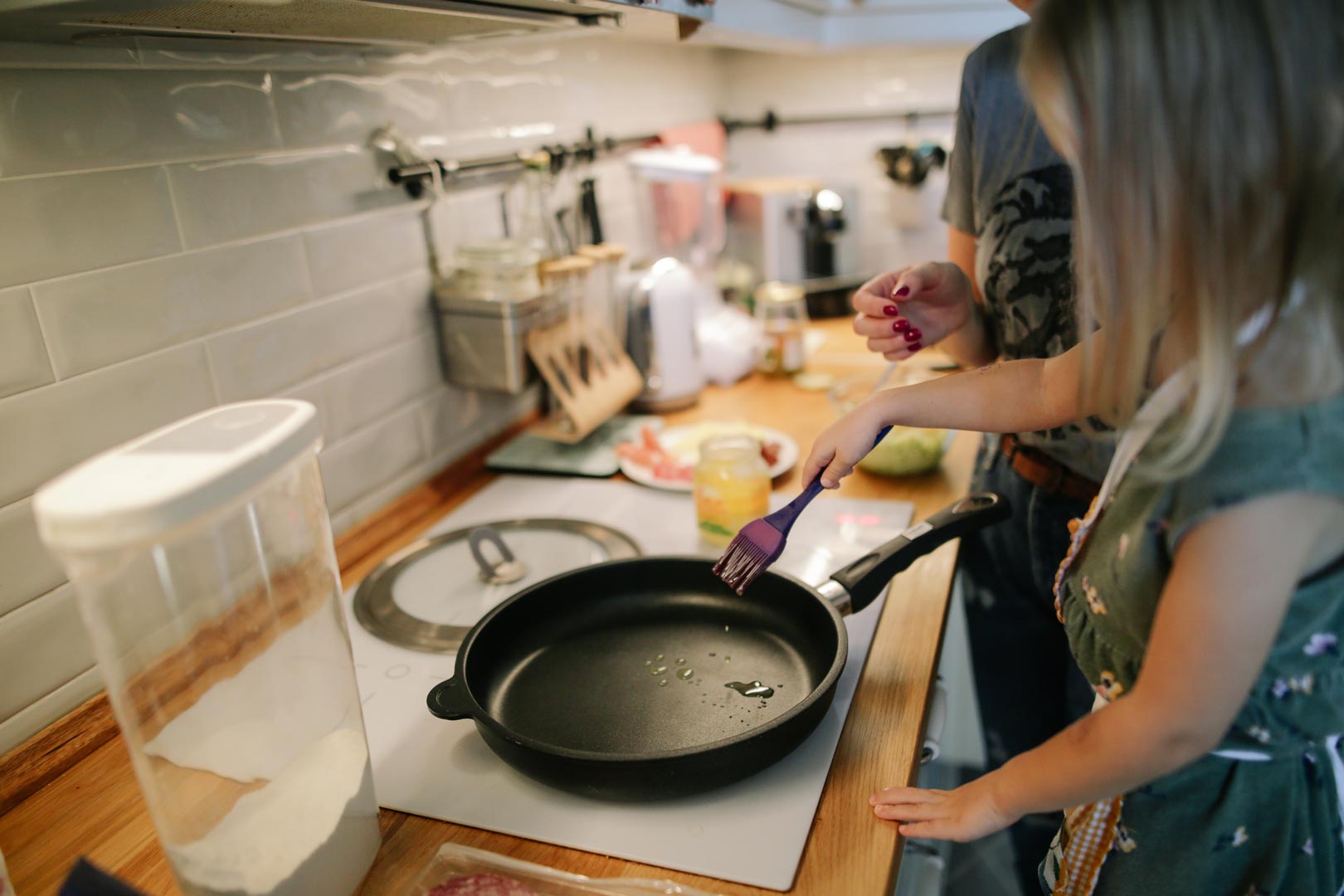Energy saving and safety tips for kids

Children are never too young to understand the importance of saving energy. Learning how energy works, how much it costs, and the dangers it poses can also encourage children to practice safety.
Saving energy is already taught in school, but you can reinforce the message by applying these principles at home. One way to go about this is to take your kids from room to room and discuss ways you can save on electricity, gas, and water.
Energy Saving Tips for Kids
Here are a few tips on how to teach your kids the importance of energy saving and energy safety.
1. Turn the lights off when not in use.
Kids have a nasty habit of turning the light on when they enter a room and leaving it that way when they leave. Teach your children the benefits of keeping the lights off – keeps your house cooler, improves sleep, and lowers the electric bill.
Try opening the blinds or windows to let natural light in. Kids might not feel the need to turn on the light if the room is already well lit. If they keep leaving the lights on, install a motion sensor that automatically turns the lights off as soon as people leave the room.
2. Keep the refrigerator door closed.
The refrigerator is among the top appliances that consume the most energy, and the door is a primary culprit. Opening and closing the refrigerator door several times a day, or worse leaving it open for longer than 20 seconds, can be a colossal waste of energy.
Kids often stand in front of the refrigerator while deciding what they want to eat. Sometimes they leave the door open even when they are already eating!
Explain to the children how the cooling process works. When cold air escapes from an open door, the compressor has to work overtime to reach the optimal temperature.
Apart from wasting precious energy, leaving the refrigerator door open also compromises food safety as it speeds up spoilage.
3. Cut down screen time
The children of this century spend too much time in front of a screen – laptops, tablets, mobile phones. Unless they are using technology for schoolwork, cut down their screen time by encouraging your kids to play outside instead of on a digital console. Play with puzzles, do arts and crafts, try new recipes, or read books.
4. Time showers
Kids love to play in water – whether it's a pool or a tub. Sometimes they take forever in the shower, letting water stream continuously. A full bath requires 25 gallons of hot water while a quick shower might only require 7 gallons. Tubs need plenty of energy to fill and heat the water.
If you limit shower time to around five minutes, you could reduce your water heating costs by up to 20 percent.
Energy Safety Tips for Kids
You should also teach your kids the importance of safety around energy sources.
According to the Australia Bureau of Statistics, energy-related accidents kill around 30 children every year. You could prevent injuries by emphasising these safety rules in your home.
- Keep appliances away from water.
- Do not let kids operate heaters, stovetops, kettles, etc.
- Do not stick anything into an electric appliance.
- Do not stick anything into electrical outlets.
- Do not leave electrical cords hanging over a table or countertop.
- Disconnect appliances from an outlet by holding the plug and pulling it. Do not remove the cord.
- Do not plug more than one device into an outlet. This can overload the outlet and start a fire.
- Do not fly kites near power lines.
- Do not climb power poles, transmission towers, or substation fences to retrieve a toy.
Reward small children when they do a good job keeping safe or saving energy. Always remind them of these tips until they become routine. Not only will you be able to reduce energy costs but also help your kids become more eco-friendly and safety conscious.




